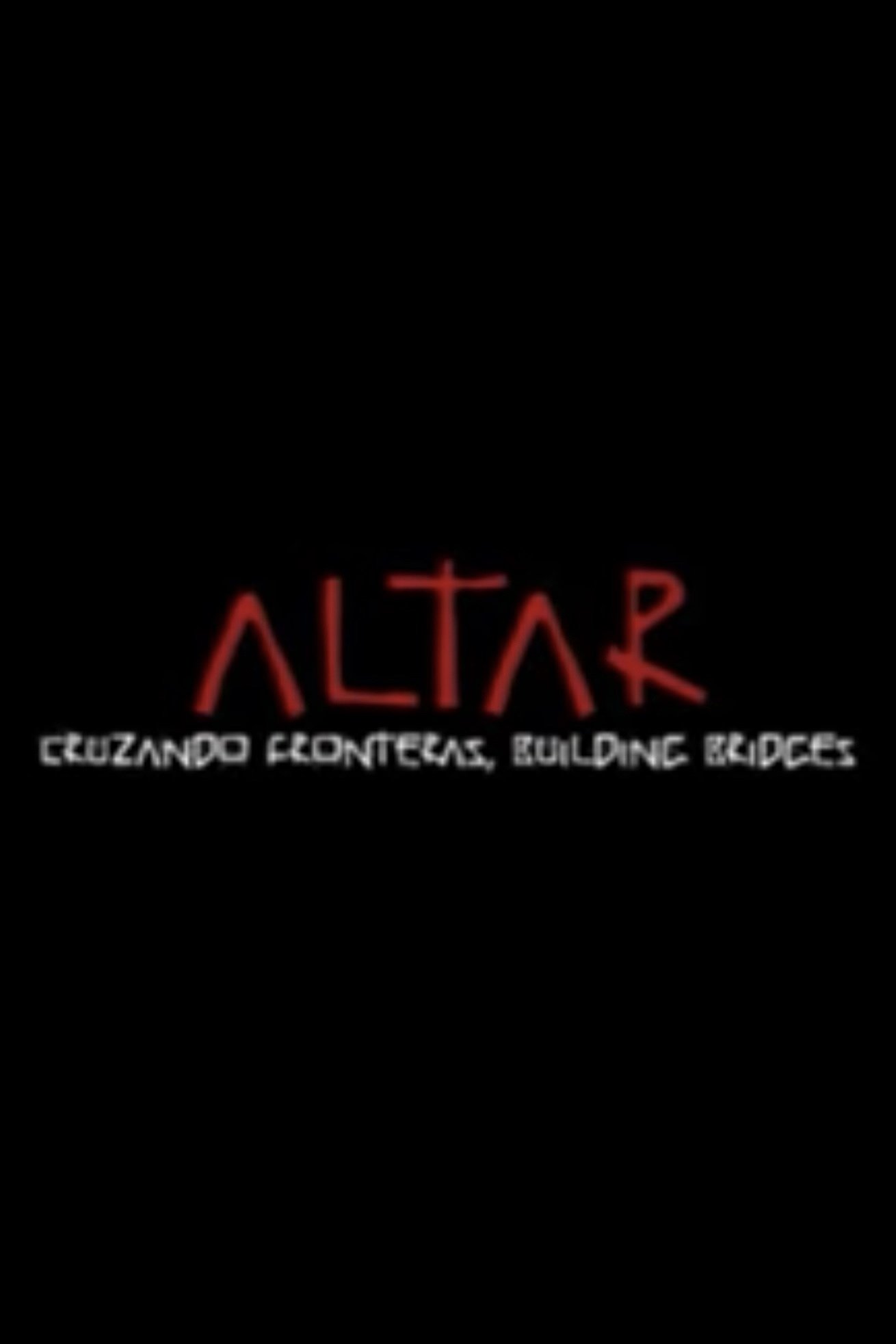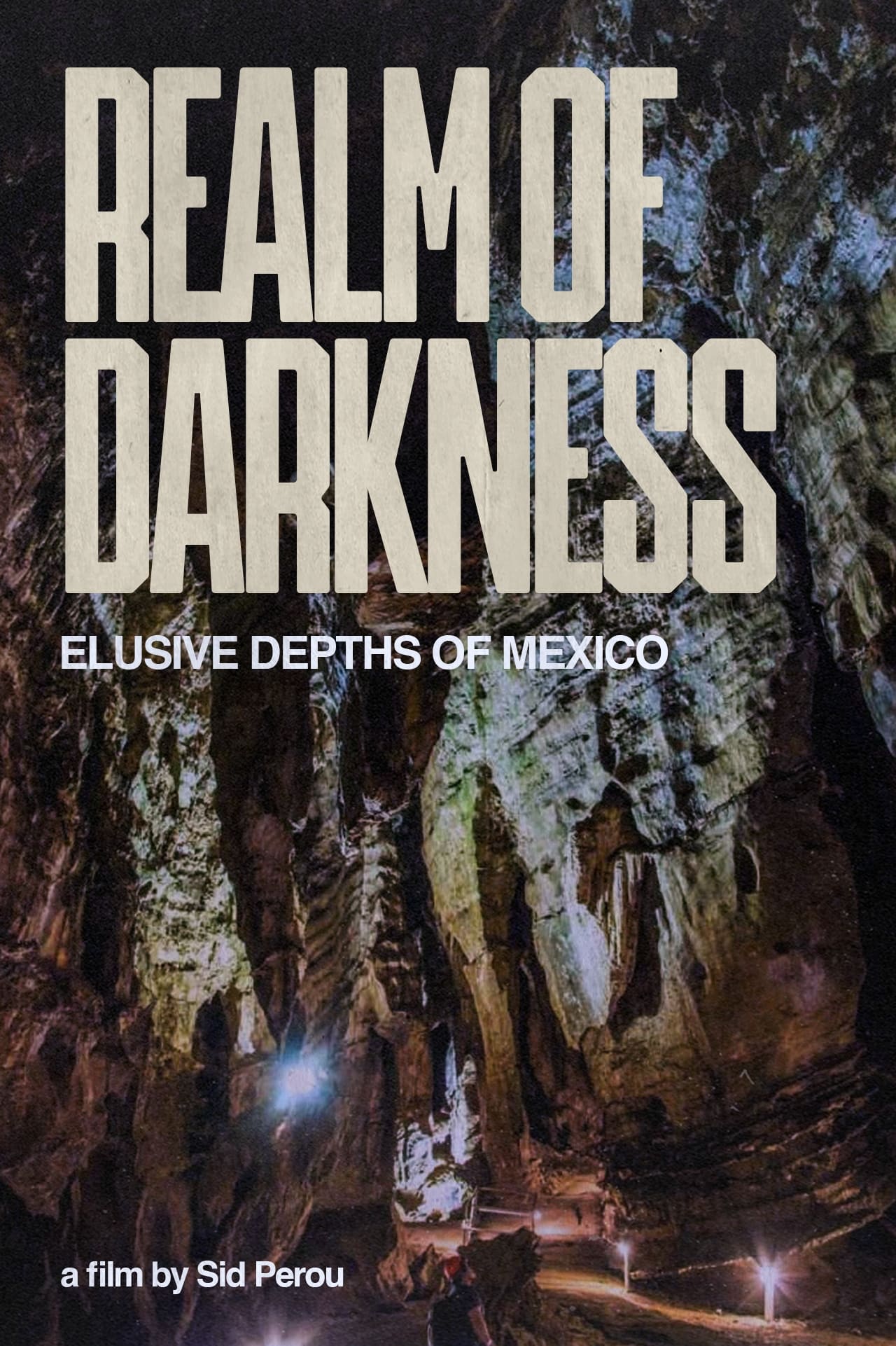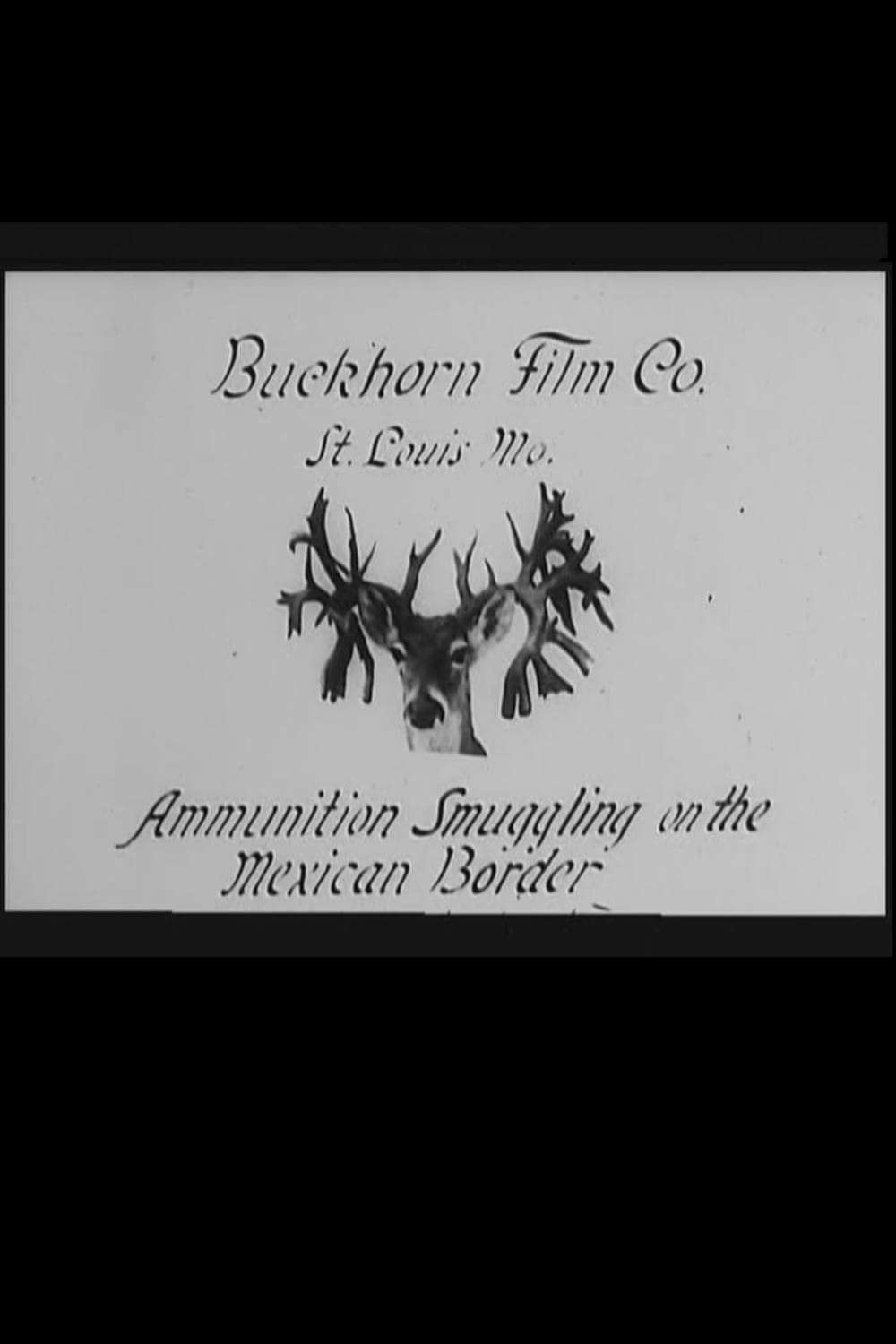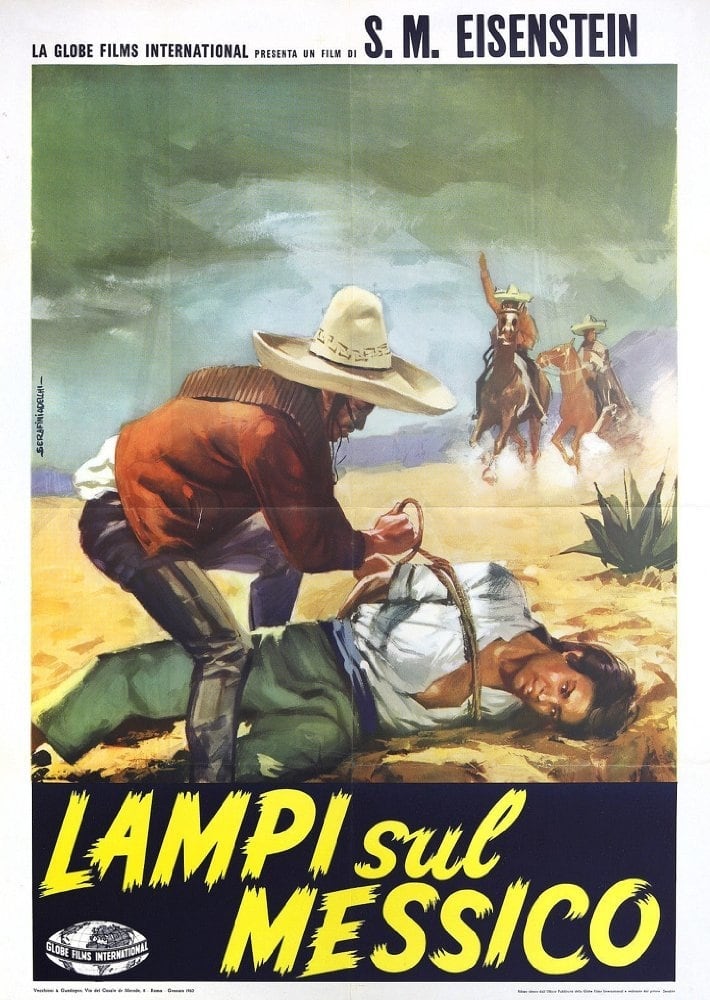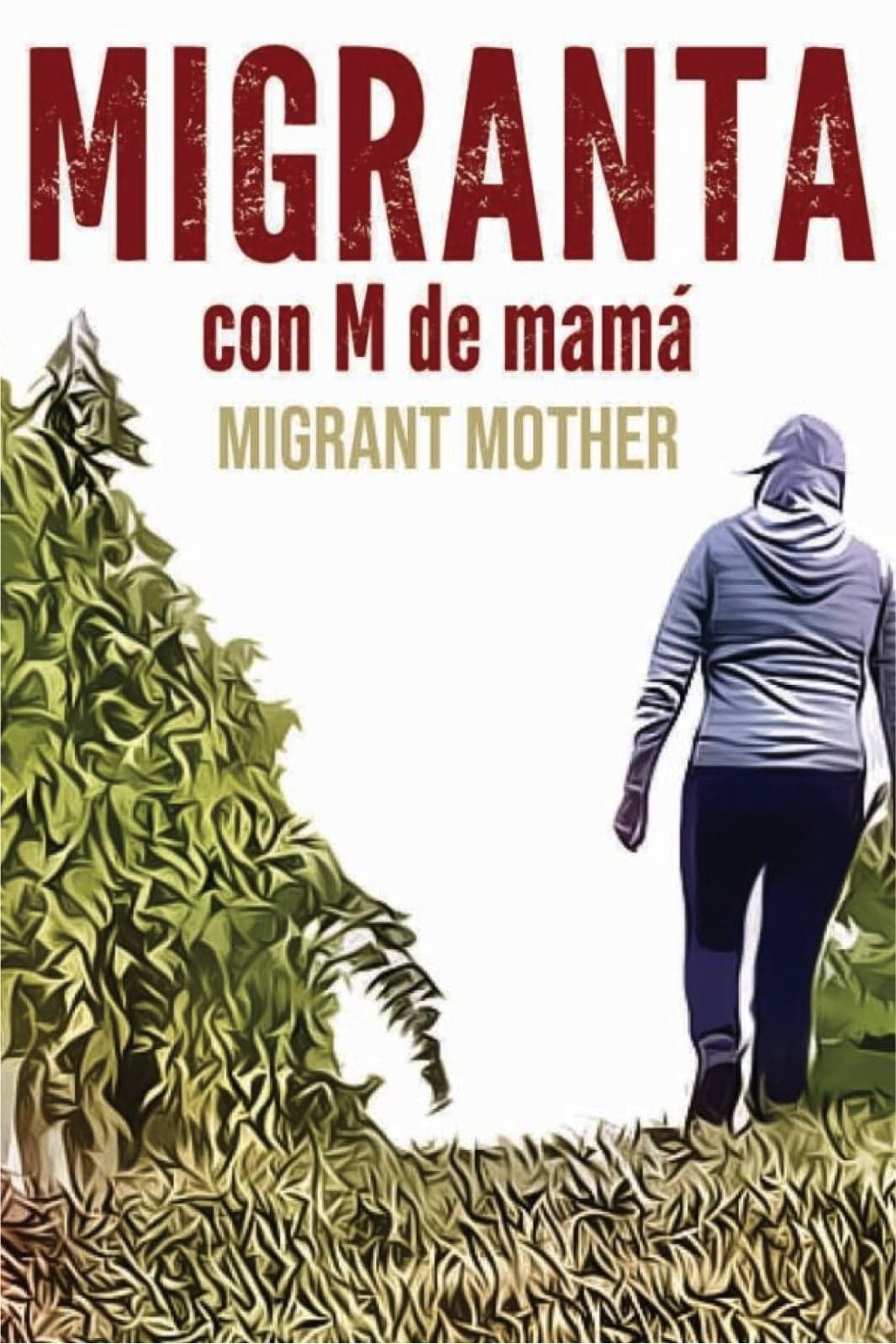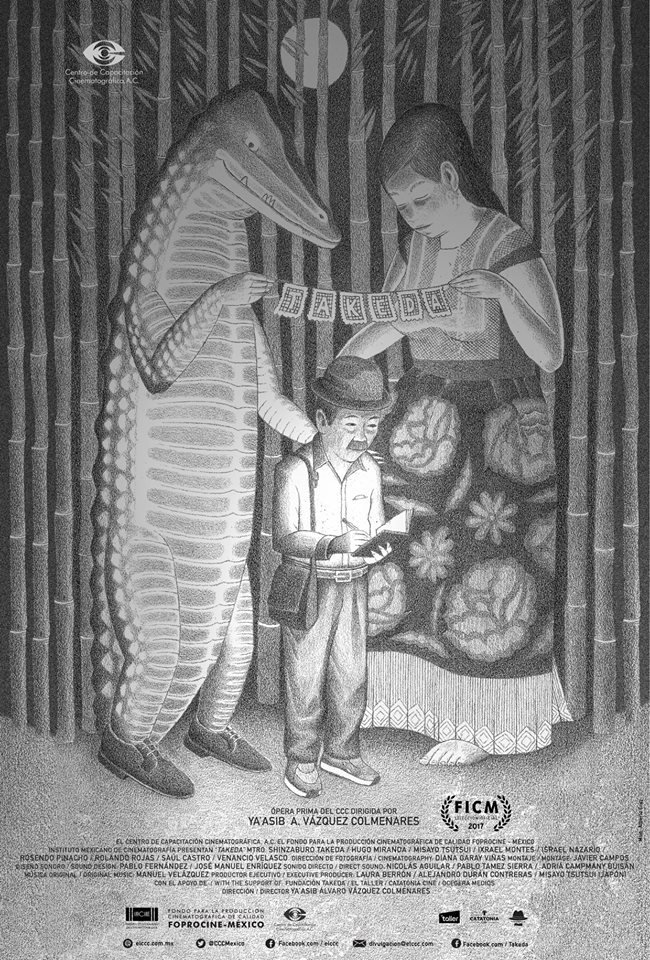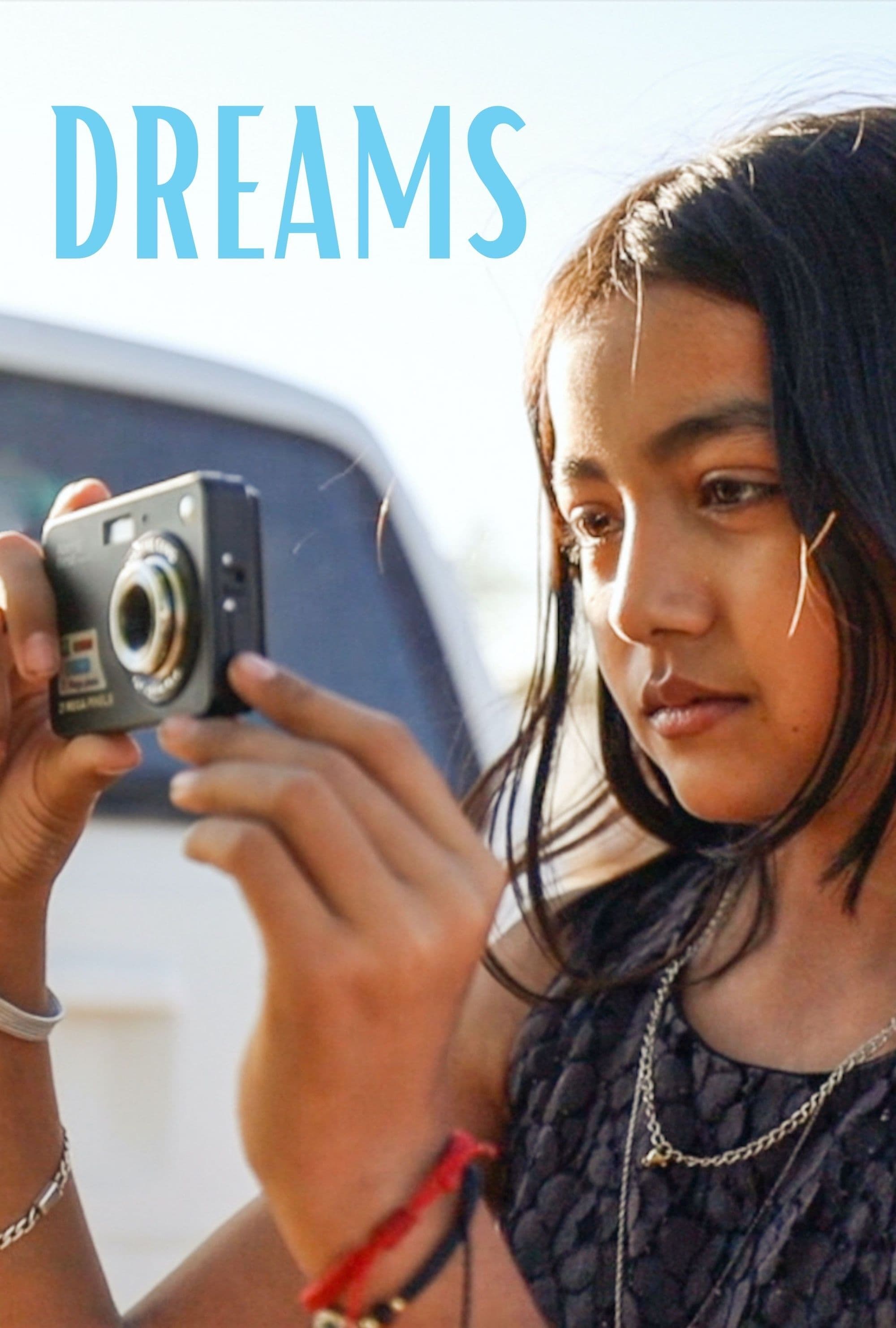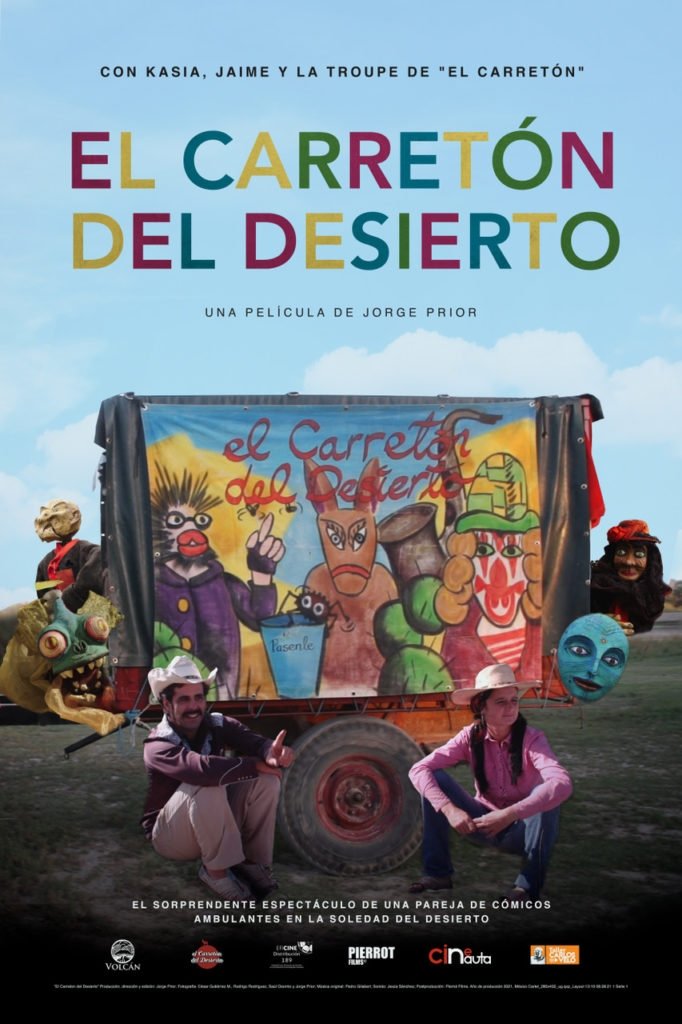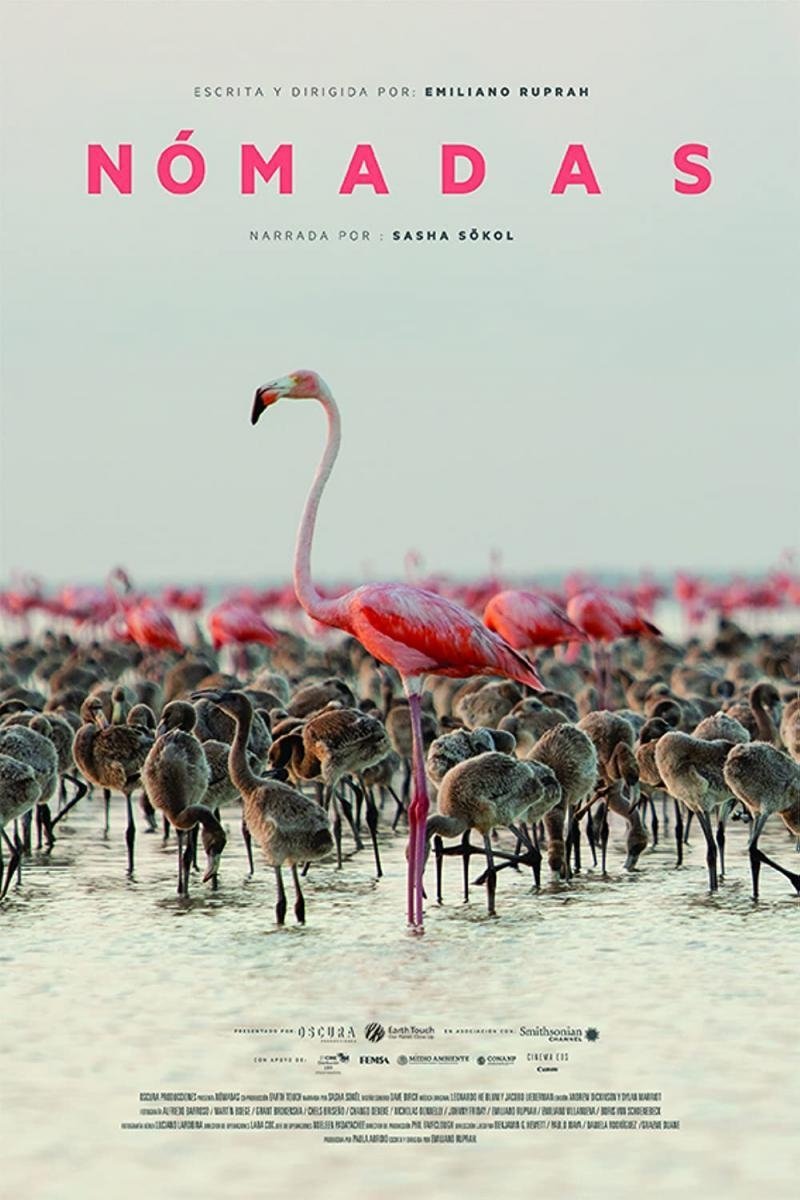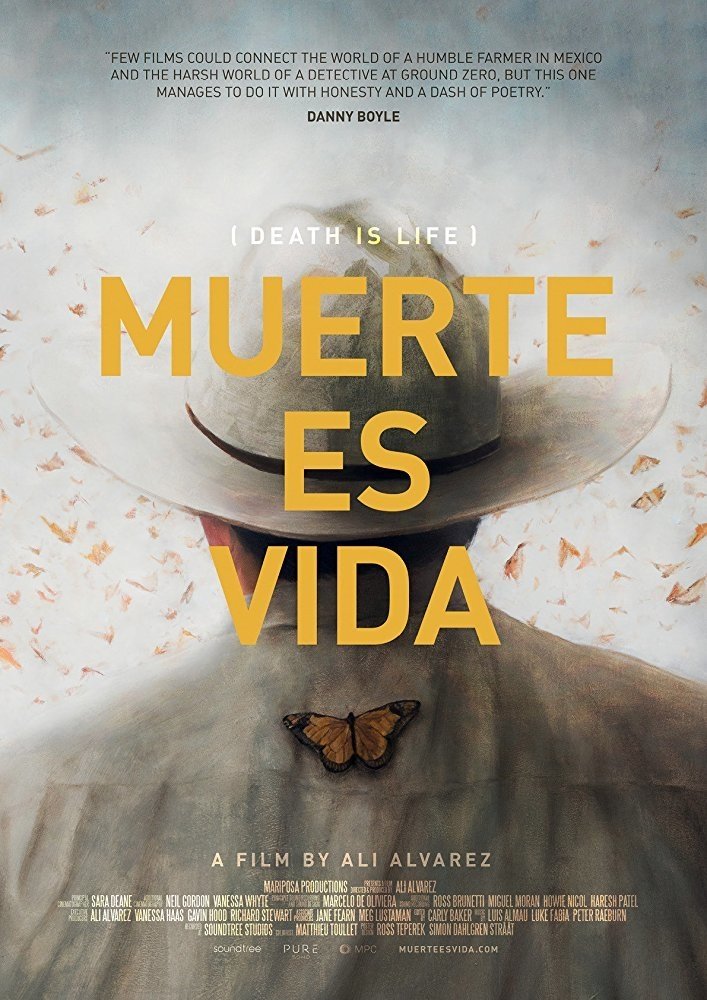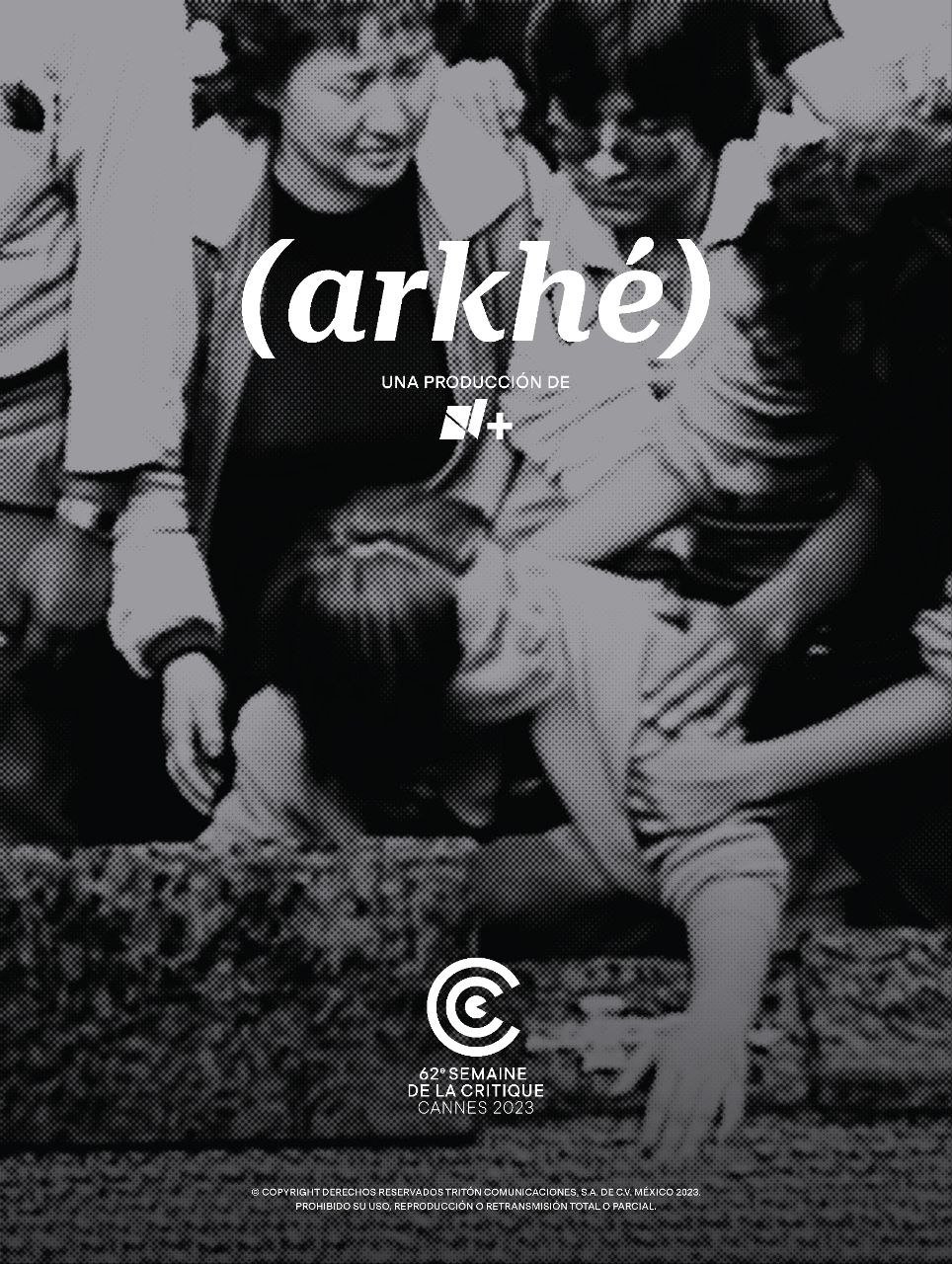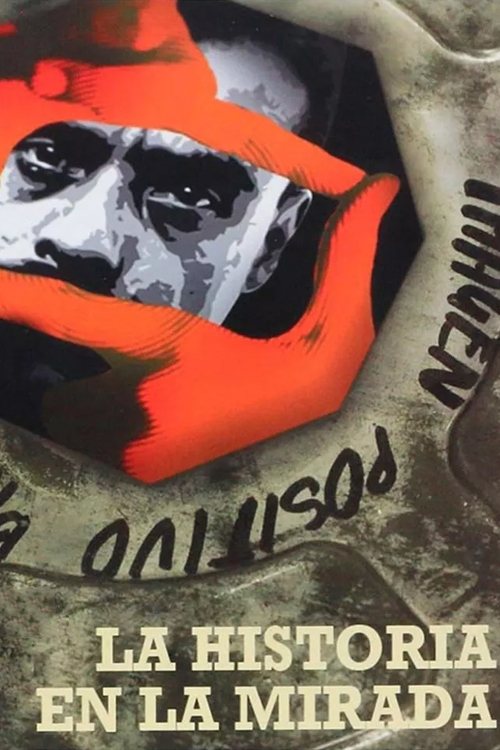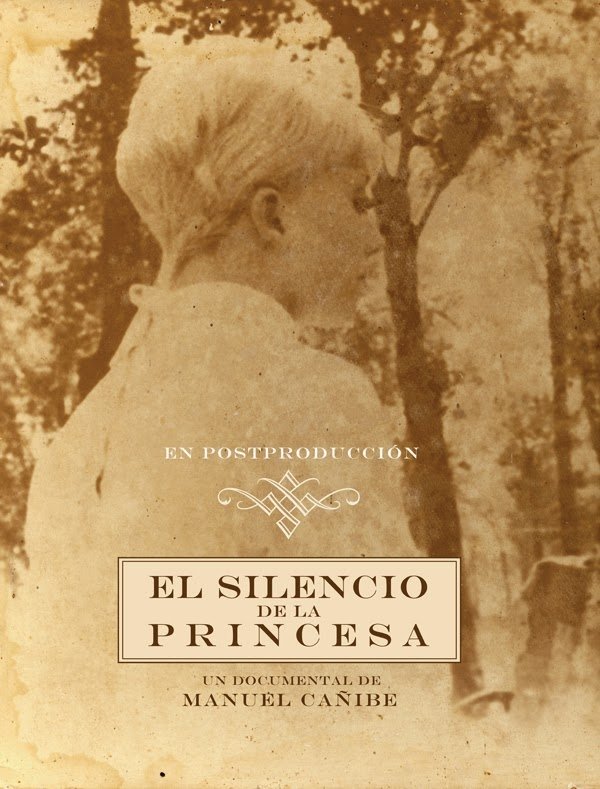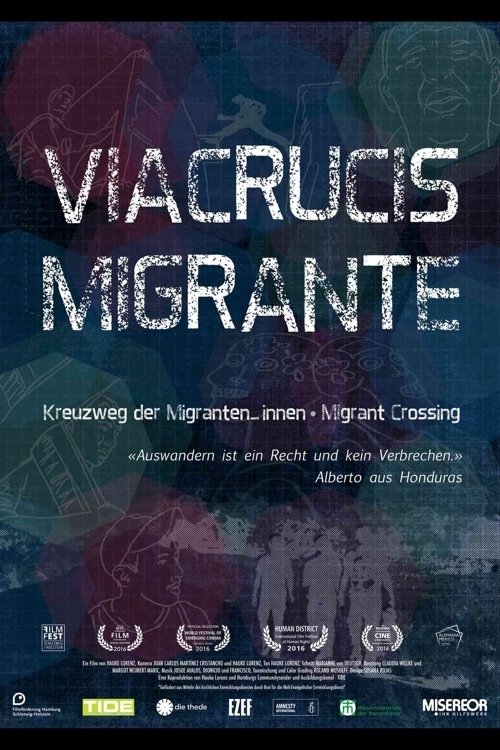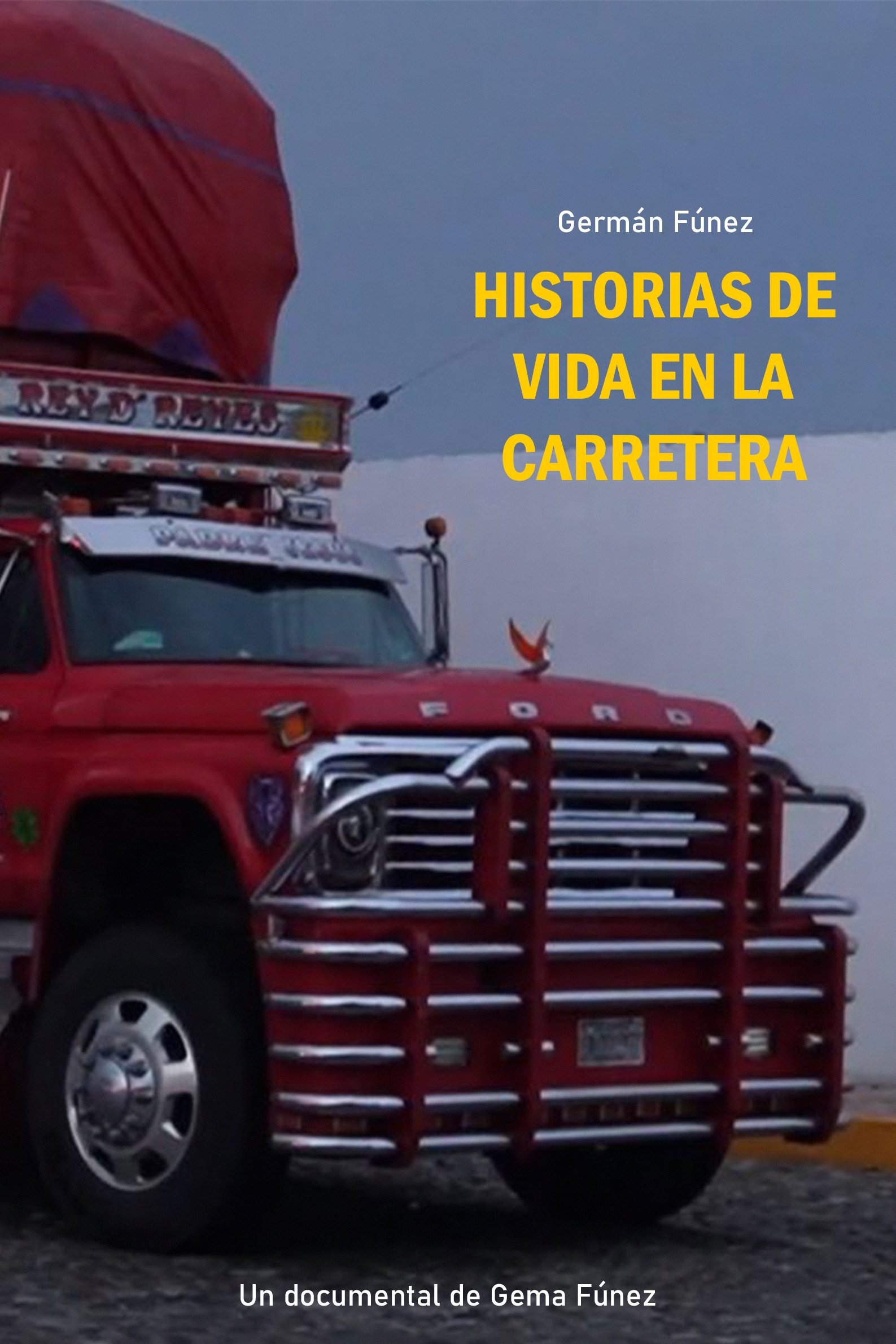
Historias de vida en la carretera (2024)
Overview
Production Companies
Additional Info
| Budget | $0.00 |
|---|---|
| Revenue | $0.00 |
| Original Language | es |
| Popularity | 0.751 |
Directed By
Gema Fúnez
Crew
Gema Fúnez
Gema Fúnez
Gema Fúnez
Enrique Galindo
Enrique Galindo
TOP CAST
Germán Fúnez
Himself
Similar Movies
ALTAR: Cruzando Fronteras, Building Bridges
Examines the life, work, and cultural significance of Gloria Anzaldúa, poet and visual artist, and those she inspired in women's Chicano art. The work highlights the struggle for women's and gay rights.
Ammunition Smuggling on the Mexican Border: Incidents of the Mexican Revolution
Around the film hang fascinating questions about border politics, which I’ll touch on in an introduction before the screening. One of Eugene Buck’s motivations for making the film may have been his rough cross-examination during his kidnappers’ first trials, in October 1913, when defense attorneys cast him as a confused and unreliable witness against idealistic freedom fighters. On film he could reproduce the pursuit, the shootouts, his kidnapping, and his friend’s murder just as he had testified. Reenacting the crime on film may have been the best revenge—and a way to honor the sacrifice of Deputy Ortiz, a twenty-year police veteran and, for the era, a rare Mexican American lawman.
Borderland Blues
„The Frontier“ or „La Frontera“ is the undulating landscape of the Sonora Desert in Arizona, which once was a symbol of freedom on the horizon of the American West – and also a region plagued by recurrent territorial struggles. Currently, a high steel fence stretches over several miles strictly separating the USA and Mexico into two territories. Every year, the remains of hundreds of migrants are retrieved from the area. The tense situation in Arizona’s borderland has split the locals into two groups: one demanding a more technically advanced border control system, the other requesting more humanitarian help. Accompanying various locals, NGO workers and self-proclaimed border guards from the region, filmmaker Gudrun Gruber raises the question of whether the latest border control technology will finally bring peace to the area, or rather merely increase the number of deaths.
Thunder Over Mexico
As was common in Diaz's Mexico, a young hacienda worker finds his betrothed imprisoned and his life threatened by his master for confronting a hacienda guest for raping the girl. This film is the first of several attempts to make a feature-length motion picture out of the 200,000-plus feet of film shot by Sergei Eisenstein, on photographic expedition in Mexico during 1931-32 for Upton Sinclair and a cadre of private American producer-investors. Silent with music and English intertitles.
Migrant Mother
Migranta tells the stories of Vicky, Betty and Lety, (three mothers who have come to Canada from Mexico as part of the federal government’s Seasonal Agricultural Worker Program) as they face calculated risks, difficult choices and harsh realities while navigating, work and life in Canada while being separated from families and communities they support.
Religulous
Commentator-comic Bill Maher plays devil's advocate with religion as he talks to believers about their faith. Traveling around the world, Maher examines the tenets of Christianity, Judaism and Islam and raises questions about homosexuality, proof of Christ's existence, Jewish Sabbath laws, violent Muslim extremists.
Centinelas del Silencio
Sentinels of Silence is a 1971 short documentary film on ancient Mexican civilizations. The film was directed and written by Mexican filmmaker Robert Amram, and is notable for being the first and only short film to win two Academy Awards.
The Desert Wagon
A couple of artists travels through the Mexico desert to present their puppet show.
Nomads
This nature documentary follows some of the world’s most charismatic animals as they travel to Mexico across the span of a year. Using access to some of the country’s most protected sights, the film explores the relationship between family members as they battle to survive. Mixing moments of intimacy with fast-paced action, the film captures the epic scope of Mexico’s wildlife while it seeks to explain one of the most important themes of our era: migration.
Muerte es Vida (Death is Life)
Monarch butterflies have brought hope to the darkest times of people's lives. In Mexico, when they arrive for Day of the Dead, they are thought to be souls of the departed. Coincidence?
Arkhé
“Archeology” and “Archive” share the same roots. Both words come from “Arkhé”, the Greek word for “origin”. In the ruins of buildings, lost forever by earthquakes, as in the depth of the archives, we dig. What happened the morning of the big earthquake? The morning of September 19th 1985 is fading away in our memories. These recordings have never been seen. Unedited images of the catastrophe dug out by the archaeological adventure of an archivist that suffered with them. He dug and suffered until he could no longer see.
The History in the Gaze
The film portraits the stage previous to the outbreak of the Mexican Revolution, from the end of Porfirio Díaz´ government, the social volatility, the ephemeral government of Madero and the presence of the working class in the figures of Villa and Zapata, until the signing if the Constitution of 1917. All of this through moving images, filmed during those events mainly by the Alva brothers, filmmakers of that time. Those images let us perceive the contradictory and shuddered glance of the people of that period.
The Silence of the Princess
Diana Mariscal reached a moment of fame in the sixties, when at just 18 years of age she was the lead actress of the movie Fando and Lis by Alejandro Jodorowsky. The moment seemed to trigger a promising career, but her public image faded little by little until disappearing. Forty years later the traces of her existence have not been entirely erased.
